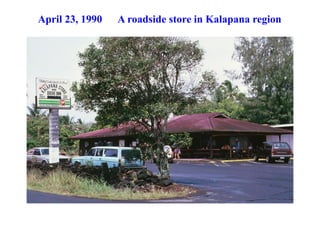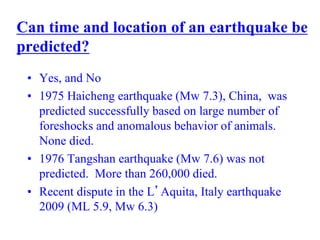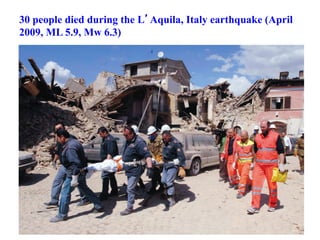This document discusses various energy resources and their relationship to earthquakes. It provides an overview of different energy sources including fossil fuels, renewable sources, and nuclear energy. It notes that production, refining, and distribution sites for energy are considered critical facilities that are subject to risks from earthquakes. Large earthquakes can damage these sites, and operations like drilling for oil and gas or injecting waste water have been linked to induced seismicity. The document emphasizes the importance of ongoing seismic monitoring near critical energy infrastructure to help understand background activity and identify any anomalous changes that could signal increased earthquake risk. Taiwan is highlighted as an area of high seismic hazard where proper evaluation of risk is important given its energy facilities.


























































































































